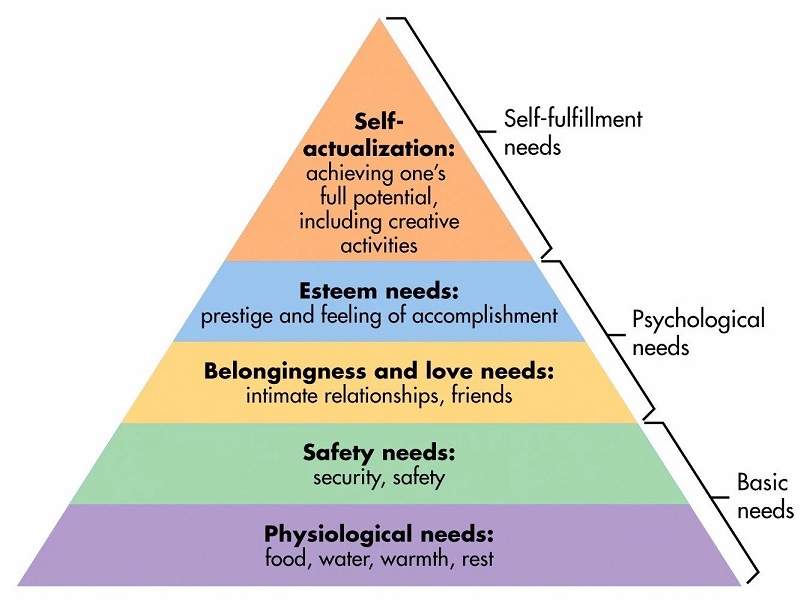Stronger together: How can you build a culture of belonging at work?

Image Source: nd3000 via Canva.com
The rise of remote and hybrid work setups in the wake of the pandemic has led to a lack of social cohesion between people in the workplace. Moreover, COVID-19 has increased turnover rates globally, especially in the U.S. labor market, which was motivated by several factors; among them, the phenomenon known as the Great Resignation.
While some may think things have changed, yet the Great Resignation remains as highlighted by ADP economist Nela Richardson said, “the great resignation is becoming the great stay.” Around 46% of professionals are thinking about leaving their jobs, compared to 41% in 2021, as surveyed by Microsoft and LinkedIn. Most of their reasons reflect the quality of their connection to their workplace, which defines the culture of belonging in an organization.
What is belonging?
According to the Harvard Business Review, for an employee to feel a sense of belonging, they must be:- Seen for their unique contributions;
- Connected to their coworkers;
- Supported in their daily work and career development; and
- Proud of their organization’s values and purpose.
All of the aforementioned factors are highlighted in Maslow’s Hierarchy of Needs. As shown below (see Figure 1), psychosociological needs include belongingness, love, and esteem, while self-fulfillment includes self-actualization. Those represent three levels of the model, which build a culture of belonging.

Figure 1. Maslow’s Hierarchy of Needs | Source: SimplyPsychology
The figure also shows that belongingness comes before esteem needs and self-actualization, which means that unless an employee feels a sense of belonging in the workplace, they will not be able to perform beyond their daily tasks and reach their full potential. Employees need to be recognized, seen, and supported in the workplace to go the extra mile and send performance to a whole new level.
Read more: How can a motivational culture impact the performance of public servants?
Why is a culture of belonging important?
According to a survey conducted by the Pew Research Center, among the top three reasons for U.S. workers quitting their jobs was “feeling disrespected in their workplace.” A study published by The Sloan School of Management at Massachusetts Institute of Technology (MIT) found that toxic corporate culture was the leading predictor of attrition when studying the effects of more than 170 topics on employee attrition for Culture 500 companies in 2021.
The study found the main factors that contribute to a toxic work culture involve failure to promote diversity, equity, and inclusion (DEI); workers feeling disrespected; and unethical behavior. All three go against the very essence of building a culture of belonging in the workplace, leading to companies losing their talent and increasing their recruitment costs to fill the gaps.
Building a culture of belonging has several advantages for employers. For instance, increasing employee productivity can have a cascading positive impact, inspiring employees to go the extra mile. Furthermore, a culture of belonging boosts teamwork for better organizational performance. A culture of belonging also makes employees loyal to their workplace, reducing turnover.
How to build a culture of belonging
Below are some recommended building blocks for creating a culture of belonging in the workplace.- Communication: Two-way communication between managers and their teams is vital. This should be done formally and informally. Managers should not only depend on periodic, scheduled communication to connect with their team members, such as performance appraisals, project meetings, and update meetings. On the contrary, connecting with team members spontaneously can build a stronger bond, creating a real sense of belonging.
- Strategy and values alignment: Managers should ensure that their team members understand the corporate strategy and the company’s values. Employees should understand the purpose behind their jobs and how they are contributing to the overall success of the company. This would emphasize their importance in the workplace.
- Democratized decision-making: Involving team members in decision-making makes their voices heard, brings new ideas, boosts creativity, and makes everyone learn new things from one another.
- Recognition and praise: Recognizing the achievements and contributions of employees should be done both privately and publicly. Each way has its own implications on the individual’s self-esteem and sense of accomplishment.
In conclusion, building a culture of belonging is a necessity. It is not easy for companies to replace talented employees, which is why it is crucial to foster loyalty to the company, and a culture of belonging makes this possible. Managers and leaders should ensure that their employees are not just trying to fit in and adapt to the company’s culture, but they actually have a positive connection to and trust in their company as this is what belonging is all about. A culture of belonging makes employees more resilient and able to come together during difficult times.

Tags: belonging, company culture, culture of belonging, Great Resignation





